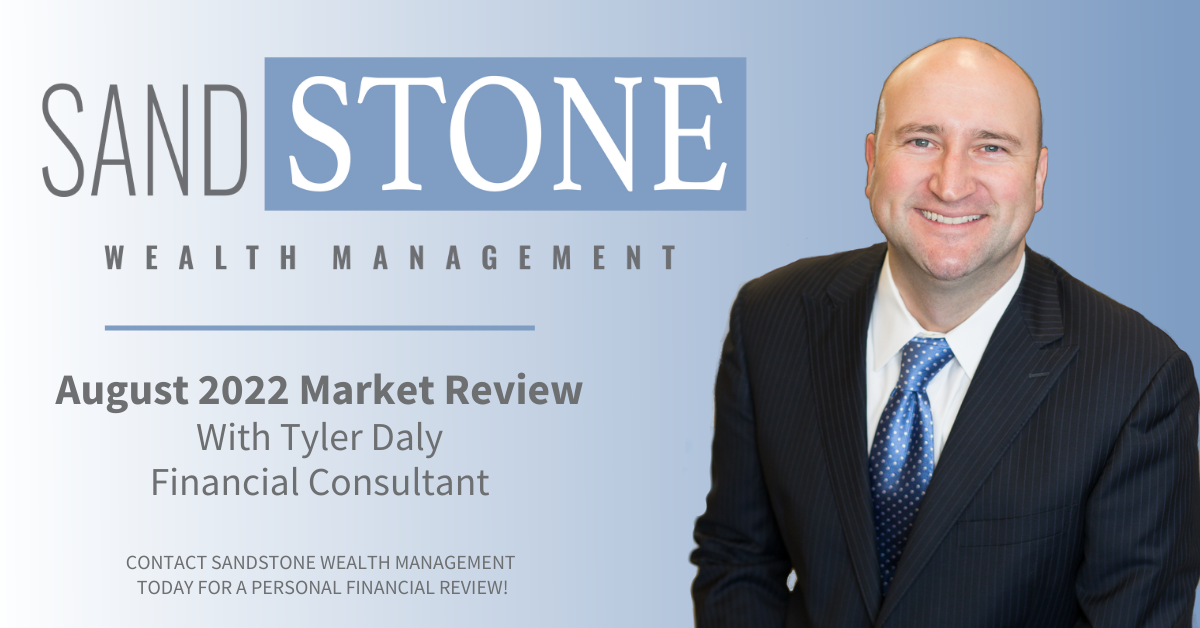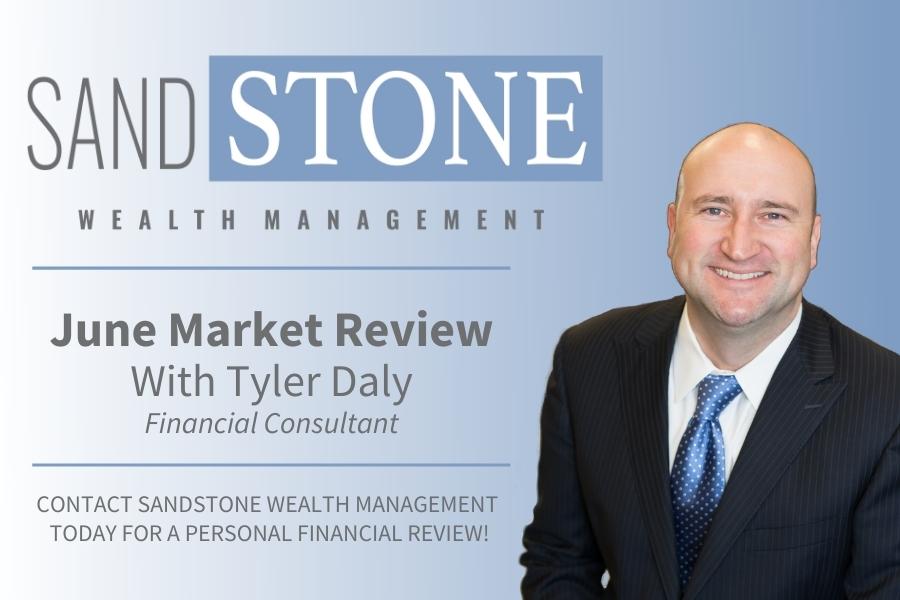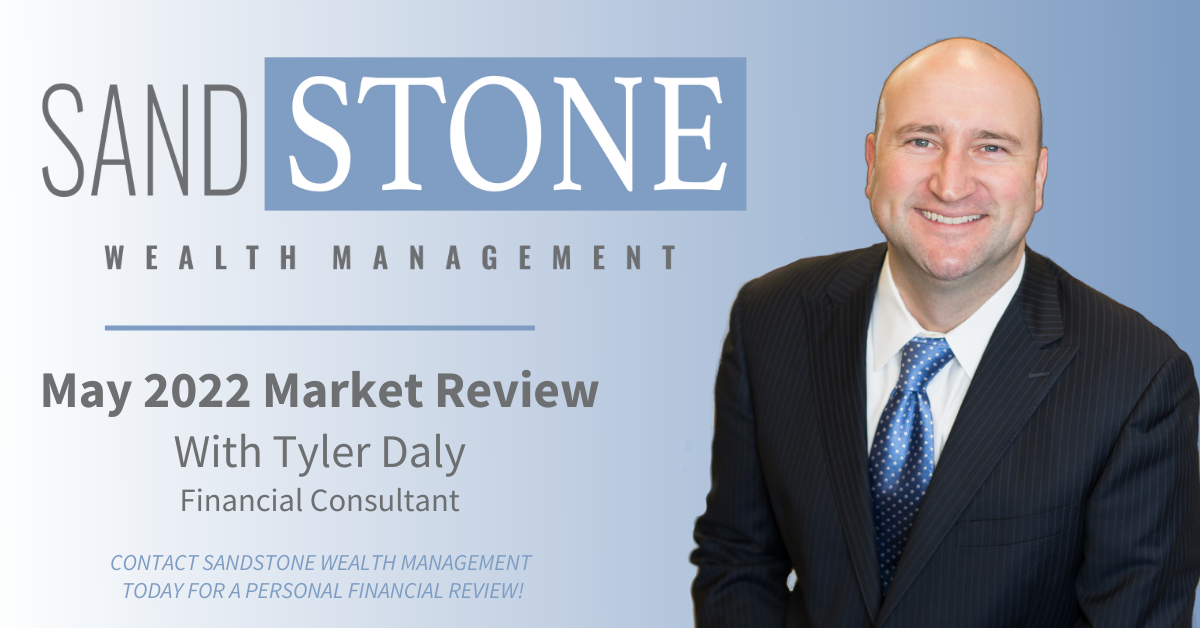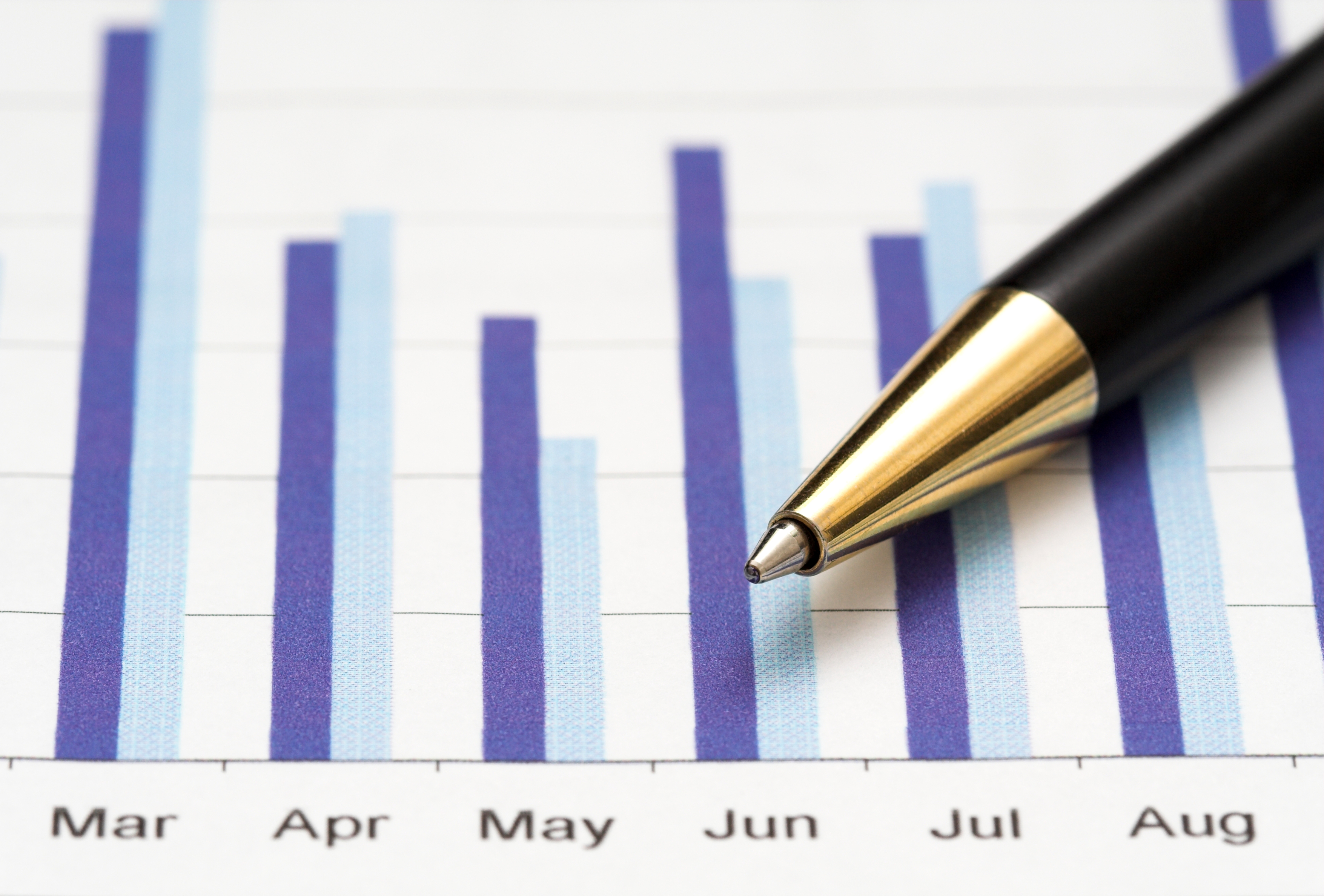
Though the shortest month, February was long on optimism. Vaccinations increased in pace, and market consensus seems to be coalescing more around the idea of a strong economic rebound this year. Continuing accommodative policy from the Federal Reserve (the Fed) and the expectation that Washington will produce another round of fiscal stimulus play into the reaction we’ve seen in the market.
Through that, we saw the equity market gaining 2.8% with seven of 11 sectors in the green. We did see volatility late in the month as the speed of rising rates caught the market off guard. The yield on the 10-year Treasury reached 1.46%, the highest level in a year, before settling back to end the month at 1.39% – but rising yields can be indicative of an economic recovery.
There has been, however, a turn to inflationary fears in some corners – which may be contributing to the rising long-term bond yields. One should always be cautious of too much market optimism, but Raymond James Chief Economist Scott Brown offers a counter argument to the simmering discussion.
“Within its revised monetary policy framework, the Federal Reserve will shoot for a period of inflation above 2% – following a period below 2%, as we’re seeing now – but the central bank remains firmly committed to its long-term goal of 2% inflation,” Brown said.
In the short term, Brown said he expects to see inflation rise to about 3% on a year-over-year basis, “but that simply reflects a rebound in prices that were held down during the lockdowns a year ago.” Market expectations of inflation for the next five years have risen rise to about 2.3%, but inflation is expected to settle to the Fed’s 2% goal in the five years to follow.
The reported unemployment rate of 6.3% understates the weakness in labor market conditions. Federal Reserve Chair Jerome Powell noted that the rate would be closer to 10%, adjusting for the decrease in labor force participation and classification issues, leaving the central bank “a long way” from achieving its goals. On a positive note, consumer spending is up after a lackluster holiday season, and manufacturing activity continues to improve, and in Europe, we’re seeing comparable rising optimism, for similar reasons.
This optimism continued to flow into some of the sectors most beaten up by the pandemic. Unlike the mid-to-late 2020 “tech and then everything else” trend, there is now broader participation underlying the equity markets’ year-to-date advance. That’s a welcome development.
Speaking of which, let’s review where we are:
|
|
12/31/20 Close |
2/26/21 Close |
Change |
% Gain/Loss Year to Date |
|
|
DJIA |
30,606.48 |
30,932.37 |
+325.89 |
+1.06% |
|
|
NASDAQ |
12,888.28 |
13,192.35 |
+304.07 |
+2.36% |
|
|
S&P 500 |
3,756.07 |
3,811.15 |
+55.08 |
+1.47% |
|
|
MSCI EAFE |
2,147.53 |
2,168.87 |
+21.34 |
+0.99% |
|
|
Russell 2000 |
1,974.86 |
2,201.05 |
+226.19 |
+11.45% |
|
|
Bloomberg Barclays Aggregate Bond |
2,392.02 |
2,340.58 |
-51.44 |
-2.15% |
|
|
|
Performance reflects price returns as of market close on Feb. 26, 2021. |
||||
Other topics worth exploration in our view:
The $1.9 trillion question
The biggest hurdle to the passing of President Joe Biden’s $1.9 trillion stimulus package is a split among Senate Democrats over a proposed minimum wage hike to $15. This provision appears to be on the way out, but Washington Policy Analyst Ed Mills said he expects political pressure, and eyes to the consequential 2022 midterms, will create enough incentive to pass a bill close in value to the one initially proposed without the minimum wage increase. You can expect, then, for discussions to turn toward an infrastructure bill, an administrative priority that will likely contain bigger policy decisions and a broader scope than a “road and bridges” package. Expect that debate to ramp up around late April and early May.
Fourth quarter earnings show strength
Most of the S&P 500 companies have reported fourth quarter earnings, with 79% beating estimates by an average of just under 15%, giving support to equity market performance.
Consensus estimates show earnings growth of 24% through 2021, but that could be a conservative view, said Joey Madere, senior portfolio strategist, Equity Portfolio & Technical Strategy.
“We see the potential for significant upside to this in the event of the economic reopening and the additional fiscal stimulus going as planned,” he said.
Climate orders limited by scope
The nature of executive orders, that they cannot change existing law and cannot spend money not appropriated by Congress, means the impact of two sets of climate change and energy orders signed by the new administration has been limited. Larger scale changes like the proposed net-zero CO2 emissions mandate, a carbon-free electricity mandate and $2 trillion in decarbonization spending would have to climb Capitol Hill, which is likely to be very steep on these issues, considering the tight majorities in both chambers and the relative power of moderates in this environment.
The energy sector continues to pay close attention to executive actions, but “other than a ‘pause’ on the issuance of new oil and gas leases on federal acreage, what the administration has done thus far comes under the category of narrow, technical or even symbolic,” Energy Analyst Pavel Molchanov said.
The bottom line
I believe there are good reasons to be optimistic about the future and to look forward to a rebound once vaccinations reach a critical level, perhaps as soon as spring, but we’re far from a complete economic recovery.
I hope you and yours are doing well, and I thank you for your continued confidence. If you have any questions, please reach out at your convenience.
Material prepared by Raymond James for use by its advisors.

Tyler has been in the financial services industry since 2004 and with Sandstone Wealth Management and Heartland Bank since 2009. He is Series 7, 66 and Insurance licensed to assist his clients with all their investing, financial planning, and insurance needs. Tyler was recently named to the Forbes List of America's Top Next-Generation Wealth Advisor, which recognizes advisors from national, regional, and independent firms. Tyler graduated from the University of Nebraska-Lincoln with a Bachelor’s Degree in Diversified Agriculture and was born and raised in the Nebraska Sandhills. This gives him an intimate knowledge and understanding of his farming and ranching clients. Tyler is married to Rachel, who earned her Doctorate of Pharmacy from the University of Nebraska. They have two children, Camilla and Cooper. Away from business, he enjoys officiating high school basketball in the winter as well as golfing and team roping in the summer.


.png)

.jpg)

.jpg)

.png)



